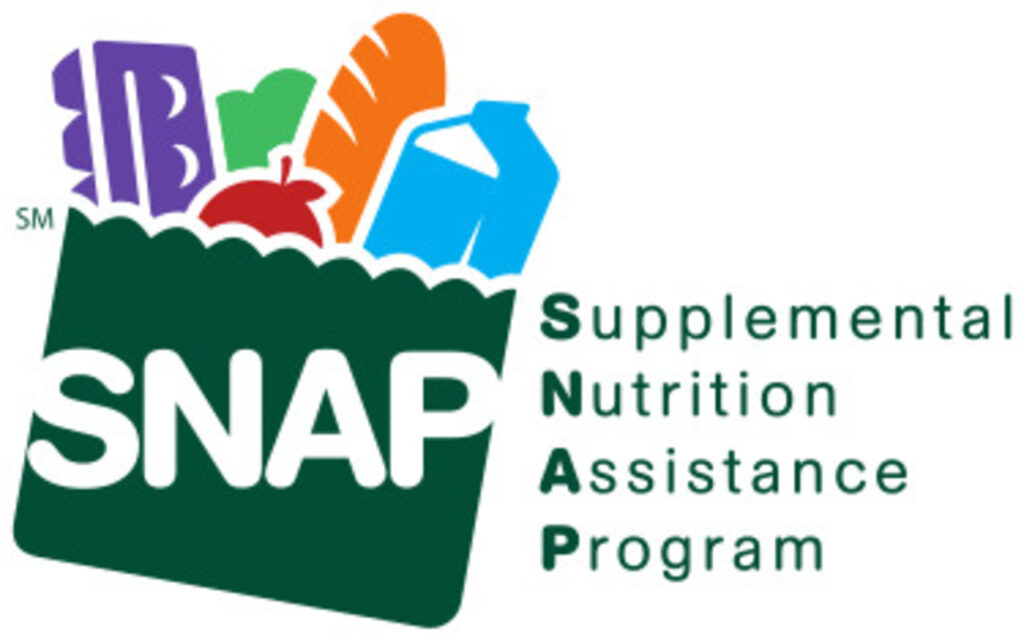How SNAP Has Helped Americans Put Food on the Table for Over 60 Years

The Supplemental Nutrition Assistance Program, or SNAP, has quietly sustained millions of American households for more than six decades. Originally born from the Food Stamp Act of 1964, its mission was simple yet powerful: to help low-income families afford nutritious food. Over the years, that mission has expanded into a cornerstone of national food security.
SNAP has evolved through political shifts, economic downturns, and public debate, but its core purpose has never wavered. It remains a safety net for those navigating layoffs, rising food costs, or sudden hardship. Behind the statistics are real people, parents feeding kids, seniors living on fixed incomes, and workers rebuilding after setbacks.
At its heart, SNAP isn’t just about meals; it’s about dignity, opportunity, and the belief that no one in a wealthy nation should go hungry. Let’s look at how the program started, how it’s changed, and what it means for the country today.
The Origins of SNAP: Fighting Hunger in the 1960s

SNAP’s story began in an era when hunger and poverty were stark realities across much of America. The 1960s brought widespread attention to the issue through reports of malnutrition in rural and urban communities alike. The government’s response was bold for its time: the Food Stamp Act of 1964, signed by President Lyndon B. Johnson as part of his “War on Poverty.”
A Nation Confronts Hunger
Before SNAP, food aid was largely local and inconsistent. Communities depended on charity or surplus food distributions, often leaving many without help. The Food Stamp Program introduced a new model: eligible households received paper stamps that could be exchanged for groceries at participating stores. It was a turning point that treated hunger as a national issue rather than a local failure.
How the First Food Stamps Worked
The early program required families to buy stamps that provided additional food value. For instance, a family might pay $10 and receive $30 worth of stamps. Though imperfect, this system empowered households to shop for the foods they preferred, injecting both choice and dignity into federal food aid for the first time.
Evolution of SNAP: Technology, Policy, and Public Perception

As the decades passed, SNAP evolved alongside changing technology and political priorities. What began as paper stamps is now a fully digital system known as Electronic Benefit Transfer (EBT), reducing stigma and fraud while improving access.
The Digital Shift to EBT Cards
By the late 1990s, all states had adopted EBT cards, transforming how benefits were distributed. Recipients could discreetly swipe cards like debit cards, removing the visible markers of poverty that once came with using paper stamps. This modernization also allowed better oversight and streamlined benefit management.
Responding to Economic Crises
SNAP often expands during tough times. During the Great Recession of 2008 and again during the COVID-19 pandemic, enrollment surged. The program’s flexibility made it a vital economic stabilizer, supporting not just households but also local grocery stores and farms that relied on steady consumer spending.
The Modern Impact of SNAP on Families and Communities

Today, SNAP serves more than 40 million Americans each month, cutting food insecurity rates nearly in half for participating households. The program’s reach extends beyond individuals-it boosts local economies, improves public health outcomes, and supports children’s learning by ensuring they don’t go to school hungry.
Nutrition and Health Outcomes
Research shows SNAP participation leads to better diets, higher fruit and vegetable intake, and lower rates of hunger-related illnesses. For children, access to adequate nutrition has lifelong benefits from cognitive development to academic performance-proving that food security is foundational to opportunity.
Building Stronger Local Economies
Every dollar spent on SNAP generates roughly $1.50 to $1.80 in economic activity, according to the USDA. Small grocers, farmers’ markets, and retailers in low-income areas depend on those transactions. When families can afford groceries, communities thrive.
The Future of SNAP: Policy Debates and Ongoing Challenges
SNAP’s effectiveness has not shielded it from political scrutiny. Debates continue around eligibility, work requirements, and funding levels. Some policymakers push for tighter restrictions, while others argue for expanded access, particularly for the working poor and the elderly.
Technology and public understanding will shape the next phase. From pilot programs promoting healthy eating incentives to digital access improvements, SNAP continues to evolve. The goal remains clear: ensuring that every American, regardless of circumstance, can afford nutritious food with dignity.
A Lifeline That Continues to Evolve
For more than 60 years, SNAP has done more than feed families- it’s helped stabilize communities and strengthen the nation’s social fabric. Its endurance proves that food security isn’t a luxury; it’s a foundation for health, productivity, and human dignity. As America changes, the program must adapt but its purpose remains timeless: no one should go hungry in a land of plenty.







